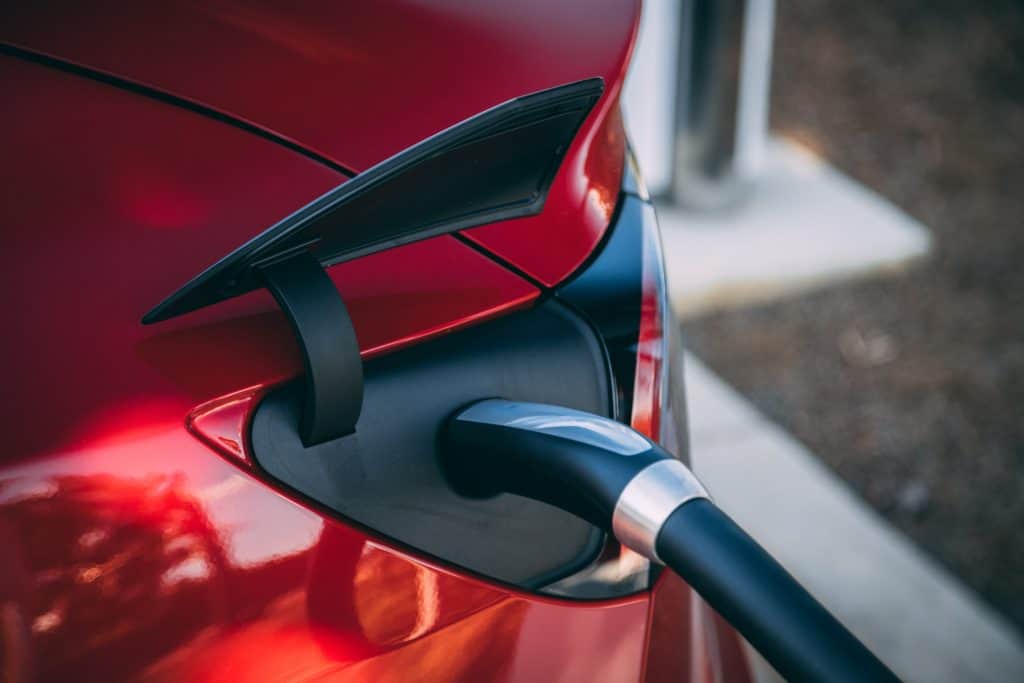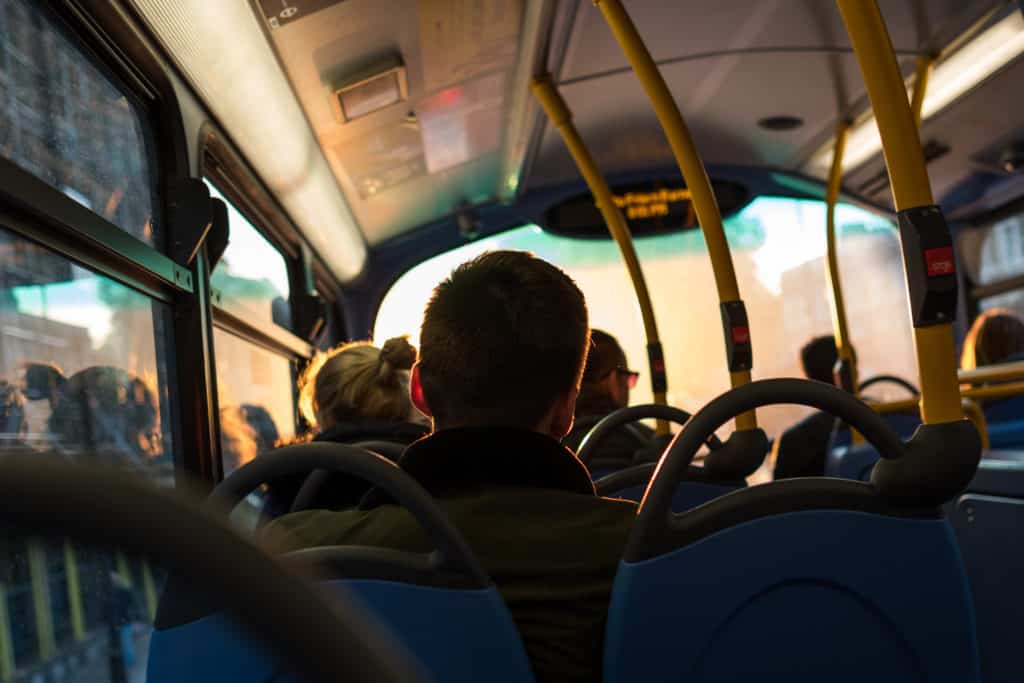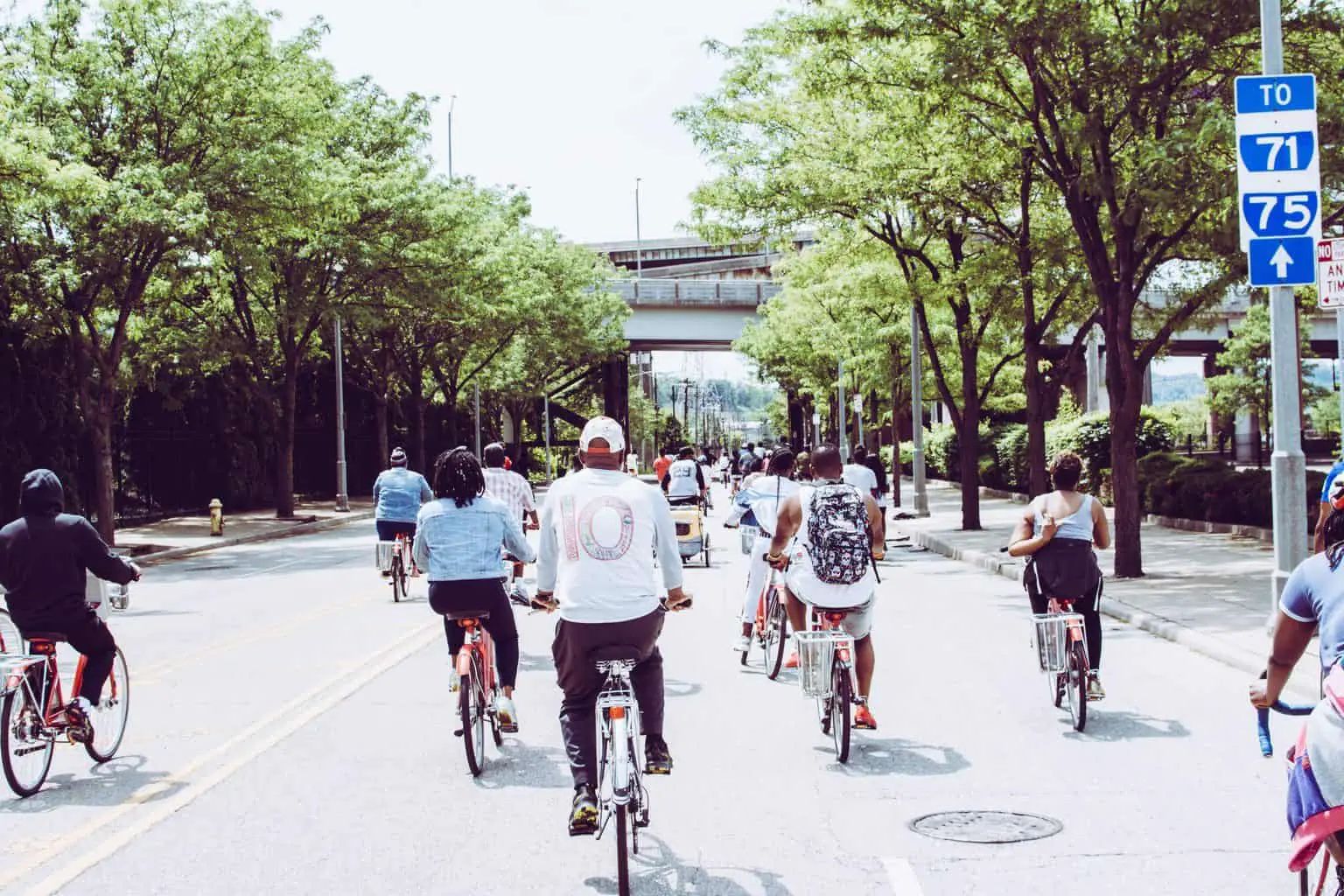Do you make use of eco-friendly transportation in your daily life?
Of the many ways you can help save the planet, using green technology for transport could be one of the most significant.
The transportation sector is responsible for more than 20 percent of CO2 emissions globally. In the U.S., it makes up about 25 percent of all greenhouse gas (GHG) emissions.
Everybody needs a reliable way to get from point A to point B. The idea isn’t to stop traveling – rather, it’s to do it more efficiently.
You can certainly go on more staycations and cruises to minimize your contributions to fossil fuel-powered air travel.
However, you will still need to commute or drive around your neighborhood to run errands, socialize, and go to work.
All modes of transport need energy but prioritizing the use of environmentally friendly infrastructure can vastly reduce our carbon footprint.
Let’s look at the greenest modes of transport available today.
What Are the Different Modes of Eco-Friendly Transportation?
First, let’s differentiate between personal and public transportation.
Personal transportation – via walking or using vehicles at your disposal – is convenient and consistent. You can travel on your own schedule and reach places that may not be commuter friendly.
Public transportation is meant to be more efficient, as the goal is to get more people to their destinations using fewer vehicles.
Commuting should be more eco-friendly than the alternative, but in reality, it’s more complicated than that. You also need to look at how maintaining public transportation systems impacts the environment.
You can enjoy the advantages of eco-friendly transportation at either level. Check out the seven options outlined below.
1. Walking Short to Medium Distances

From an evolutionary standpoint, it’s difficult to cross this one out. People have been walking short and long distances for centuries.
If you’re not in a hurry, it could do you some good to take the most basic form of human transportation.
Did you know that in some cities, walking can be faster than driving? If you live in a high traffic area, walking can be a low cost, time-saving alternative.
The minimal drawbacks of regular walking are easily managed. You can buy walking shoes and pack an extra outfit to deal with blisters and perspiration issues.
Walking also counts as daily exercise and may provide health benefits. With near-zero environmental impact, it can be said that walking is also good for the soul.
Think of this method of eco-friendly transportation as a way to help you, the people around you, and the entire planet.
However, consider your stamina and physical energy before attempting very long walks just to get to a needed destination.
Walking may also not be the most effective way to travel if you’re headed somewhere that requires you to be in top form, such as a job interview or a manual labor shift.
If you’re picking up something to bring back home, think of how the added weight could affect your ability to walk, too.
You may not be able to walk back home at the same pace or with the same level of comfort if you’re carrying grocery bags or large packages.
2. Cycling All Over Your Neighborhood

Apart from walking, cycling is another low impact method to get around your neighborhood.
Using a bicycle is much faster and more energy-efficient than walking. You may consider other forms of body-powered vehicles, like a scooter or a skateboard, but none can compare to the widespread appeal of the bicycle.
Cycling also comes with many physical benefits, such as improving cardiovascular health, building muscles, and increasing energy.
The bicycle is one of the most popular modes of eco-friendly transportation. The environmental impact of biking is small, especially if compared to riding fossil fuel vehicles.
Some estimate that widespread adoption of bicycle use worldwide may reduce GHG emissions by more than 10 percent by 2050.
You don’t need to commit to cycling full-time, either. Keeping a bike around to use occasionally while maintaining a fuel-efficient car is a good way to diversify your traveling options.
Many towns and cities all over the world have bike lanes on their roads, making cycling a fairly easy habit to form.
In some places, you may not even need to own a bicycle. For example, Washington, DC has the distinction of being the first North American city to implement a bike-share system. You can rent bicycles from stations and pay for half-hour fees or 24-hour passes.
Before choosing to bike around your neighborhood, take stock of the surrounding roads and typical atmospheric conditions. You may not be able to take full advantage of your bicycle if there are no bike lanes or if your area often experiences bad weather.
3. Riding Motorcycles or Electric Bikes

Due to their relatively low weight and small size, even conventional motorcycles are sometimes considered more fuel-efficient than four-wheeled alternatives.
It depends on the make and model, though — some motorcycles are worse when it comes to emissions. Thankfully, green technology for transport makes it possible for you to use electric or biofuel-powered motorcycles.
But what’s good for the environment may not necessarily be good for you. The Insurance Institute of High Safety notes motorcycle travel has a per-mile fatality rate that’s more than 25 times greater than the same statistic for cars. While they are much faster than bicycles, they’re also much more dangerous.
If you’re looking for a creative eco-friendly transportation option that is not as taxing on the body as cycling and isn’t as dangerous as riding a motorcycle, consider using an electric bicycle.
Make sure to check if local laws and regulations will allow you to use it, though. Many U.S. states and cities limit where and when you can use electric bicycles.
4. Driving and Maintaining Eco-Friendly Cars

If your lifestyle and neighborhood require you to maintain a car, you should think of investing in one of many eco-friendly vehicles available in the market.
Greenpeace notes that climate change could worsen irreparably if fossil fuel cars aren’t phased out completely by 2028.
Hesitant to make the switch and purchase an electric or hybrid vehicle? At least consider using a fuel-efficient or biofuel-powered car.
The development of environmentally friendly infrastructure in an increasing number of locations supports the increasing popularity of eco-friendly vehicles.
In the U.S., you will not find it too difficult to find gas stations that offer biodiesel or ethanol-blended fuel. You can also use the government-provided online calculator to assess your car’s impact on the environment as compared to others.
5. Carpooling to Decrease the Number of Vehicles on the Road

Filling the seats of your cars completely before heading out helps reduce transport emissions by requiring fewer vehicles. You may carpool with family and friends, instead of strangers, if privacy or safety is an issue.
Carpooling or ridesharing is not a new concept. In the 1970s, about 20 percent of Americans carpooled to work.
Today, the percentage has shrunk to less than 10 percent. Companies like Uber, Lyft, and Waze have been trying to bring back carpooling with limited success.
In some parts of the world, carpool lanes are included as part of road systems to encourage ridesharing.
The U.S. calls their version of this as high-occupancy vehicle (HOV) lanes. If you’re found driving on a carpool lane while riding alone, you may have to pay a fine.
6. Taking the Bus to Get Around

Public bus systems can theoretically get you to your destination at relatively the same time it would take for you to drive yourself, especially since you won’t have to worry about finding a parking space.
You may be limited by the scheduled stops, but bus systems have been an efficient means of transportation for decades.
Think of getting on a bus as intensive carpooling. The idea is the same: to transport more people using fewer vehicles.
To paint a better picture, think of how many people would fit into a typical public bus. Now imagine each of these people driving their own cars and occupying that much more space on the road.
Every time you take a bus, you are increasing ridership rates and raising the efficiency of this mode of public transportation.
Some places have upgraded their bus systems to use green technology for transport. Electric buses are a popular investment.
Battery-powered ones record up to 70 percent lower GHG emissions than fossil fuel counterparts and help decrease the chance of smog formation.
7. Using Intercity, Subway and Commuter Railway Systems

Rail travel within or between cities is one of the most inexpensive, eco-friendly and efficient ways to cross long distances.
Because of their massive scale, railway systems like subways and metros produce up to 76 percent lower GHG emissions than single-occupancy and personal vehicles.
A modern railroad, at ideal capacity and functioning, is even more efficient than a Prius.
With environmentally friendly infrastructure, railways can further reduce their impact on the planet. Small changes such as switching to LED lighting or improving traction and braking systems all contribute to a greener way to travel.
As technology and climate change push the world to rethink its transportation systems, bigger changes have presented themselves.
For example, in the Netherlands, electric trains powered by wind energy transport about 600,000 commuters every single day.
Another one of the advantages of eco-friendly transportation via railways is that it can replace air travel when possible.
If you’re not in a hurry to get to your destination or want the scenic route to be part of your journey, take the train. Doing so can produce up to 10 times lower carbon emissions than flying.
Does Environmentally Friendly Infrastructure for Air Travel Exist?
Because of the amount of energy consumed and gases emitted, conventional airplanes are typically regarded as being the least eco-friendly out of all modes of transportation.
In the U.S., flying is the third-largest producer of transportation-related GHG emissions.
Let’s put this into perspective: If you go on a round-trip flight between San Francisco to New York, you could be responsible for up to 3 tons of CO2 emissions.
The typical American generates 19 tons in a year, while the typical European generates about 10.
If booking a flight is unavoidable, you can at least minimize your carbon footprint by making smart choices. Even though they’re not as comfortable, try to get on fully booked flights because they make the most efficient trips.
Fly direct, without plane changes or layovers. Stops will increase emissions significantly – up to 35 percent per person – because airplanes use the most fuel and produce the most emissions while taking off.
Some airlines have also started using sustainable aviation fuels (SAFs), usually blended with fossil fuels to offset the cost.
SAFs are currently more expensive than conventional jet fuel, and the cost is the main reason why its use isn’t as widespread as it should be.
Green technology for transport may also go another way for air travel. European manufacturers are currently working on possible advancements to make hydrogen fuel cell-powered airplanes a reality.
After Creative Eco-Friendly Transportation Solutions, What’s Next?
Enjoying the advantages of eco-friendly transportation is far from being the only thing you can do to help save the planet.
If you’re already at a point where you prioritize using environmentally friendly infrastructure and riding eco-friendly vehicles, you’re likely more eco-conscious than most.
Small efforts like recycling materials, repurposing consumer goods and supporting fair trade companies count for a lot when done en masse, so be the voice of change in your community!
The more people do their part, the more effective we can be at slowing the rate of climate change.
Do you want to do even more for the environment, apart from driving an eco-friendly car and maintaining a sustainable lifestyle? Consider renovating or building an eco-friendly home.
You Might Also Like…
- Is Fast Food Bad for the Environment? (& What You Can Do)
- Is Fabric Softener Bad for the Environment? (+5 Eco-Friendly Options)
- Is Fuel Dumping Bad for the Environment? (& How Often It Happens)
- Is Electricity Generation Bad for the Environment? (What You Should Know)
- Is Dry Cleaning Bad for the Environment? (4 Surprising Facts)
- Is Diamond Mining Bad for the Environment? (Important Facts)
- Is DEET Bad for the Environment? 4 Effects (You Should Know)
- Is Cat Litter Bad for the Environment? (5 Common Questions)
- Is Burning Cardboard Bad for the Environment? (6 Facts)
- Is Burning Paper Bad for the Environment? (6 Surprising Facts)
- Is Burning Leaves Bad for the Environment? (7 Quick Facts)
- 4 Natural Cleaners for Quartz Countertops
- 6 Eco-Friendly Acrylic Paint Brands (For Sustainable Artists)
- 5 Eco-friendly Alternatives to Acrylic Paint (& How to Make Them)
- Is Acrylic Paint Bad for the Environment? (7 Quick Facts)
- Is Acrylic Yarn Bad for the Environment? 8 Crucial Facts
- Is Acrylic Bad for the Environment? (8 Quick Facts)
- Is Aluminum Foil Bad for the Environment? 7 Quick Facts
- Is Bleach Bad for the Environment? 6 Crucial Facts
- Is Lithium Mining Bad for the Environment? 6 Crucial Facts































